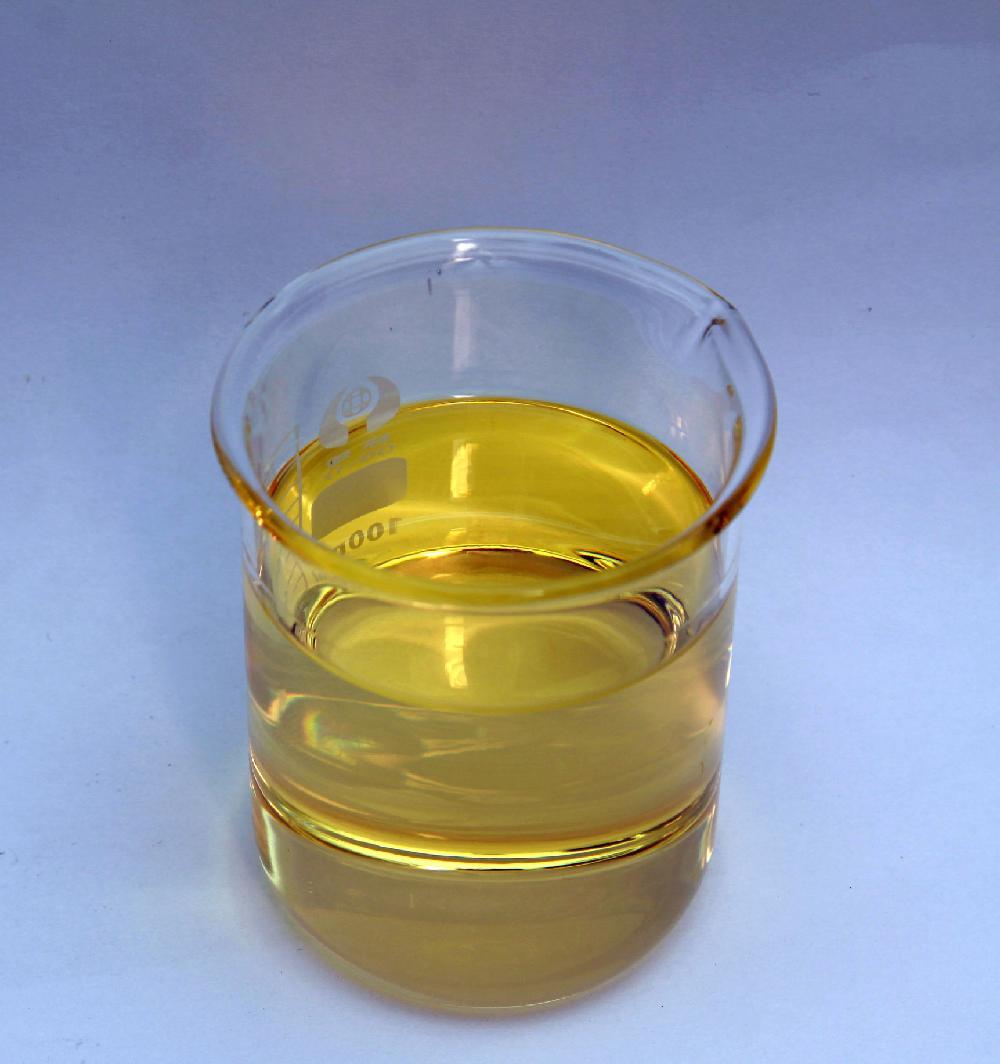coupling agents are a class of substances with an amphoteric structure. part of the groups in their molecules can react with chemical groups on the inorganic surface to form chemical bonds; some groups have organophilic properties and can react chemically with organic molecules or produce strong intermolecular interactions, thereby firmly combining two materials with completely different properties.
selecting the appropriate coupling agent can improve the dispersion state of the inorganic filler in the polymer matrix and improve the mechanical properties and performance of the filled polymer material.

the hydrolysis rate of the silane coupling agent is determined by the silicon functional group si-x, while the reactivity with organic polymers is determined by the carbon functional group c-y. therefore, it is crucial to select the appropriate silane coupling agent for different substrates or objects to be treated.
principles for selecting coupling agents
1. silane coupling agents are mainly suitable for glass fibers and silicon-containing fillers, such as quartz, wollastonite, etc., and can also be used for some metal oxides and hydroxide, but not for caco3. the resin is mainly thermosetting resin.
2. titanate coupling agents have a wide range of applications for fillers, such as caco3, titanium dioxide, etc., and can also be used in glass fibers. the resin is mainly thermoplastic resin.
3. acidic fillers should use coupling agents containing basic functional groups, while alkaline fillers should use coupling agents containing acidic functional groups.
4. adding amount of coupling agent. the dosage of silane coupling agent can be about 1% of the filler; the dosage of titanic acid is generally 0.25~2% of the filler.
5. some surfactants will affect the performance of titanate coupling agents, such as hst, etc., so they must be fully used in fillers, coupling agents, and resins. mix and add.
6. most titanate coupling agents are prone to transesterification reactions with ester plasticizers. therefore, such coupling agents need to be coupled it can be added only after the agent has been added. the synergistic effect is good when titanate and silane coupling agents are mixed and added.

 微信扫一扫打赏
微信扫一扫打赏

